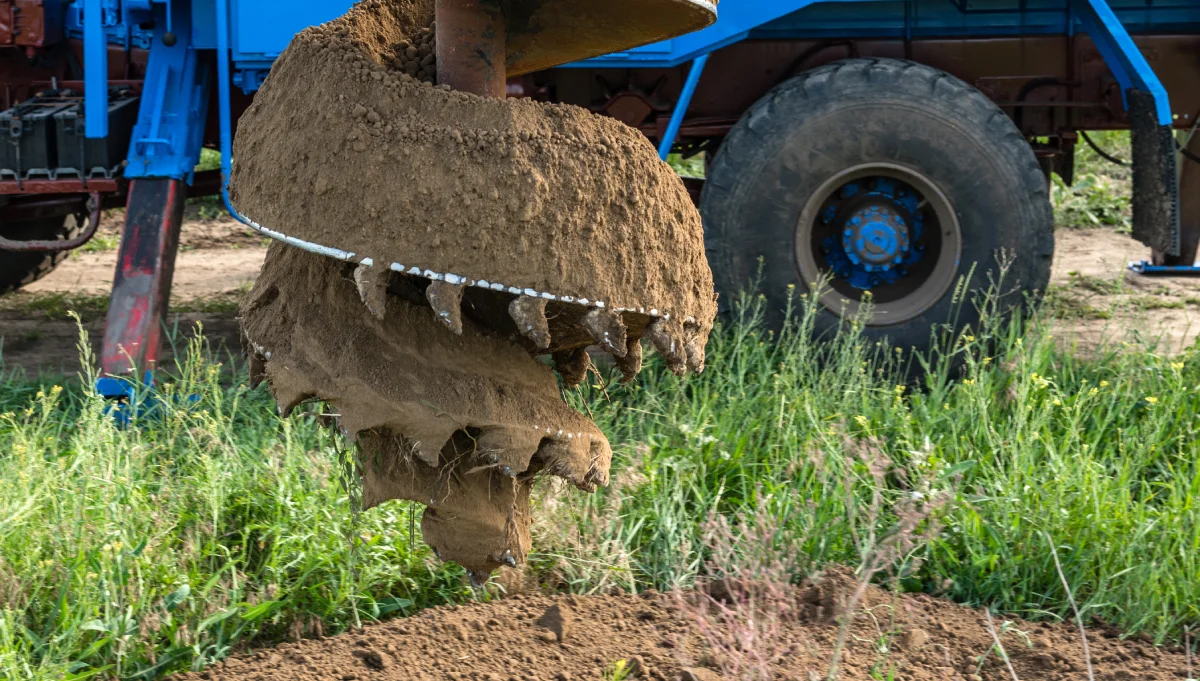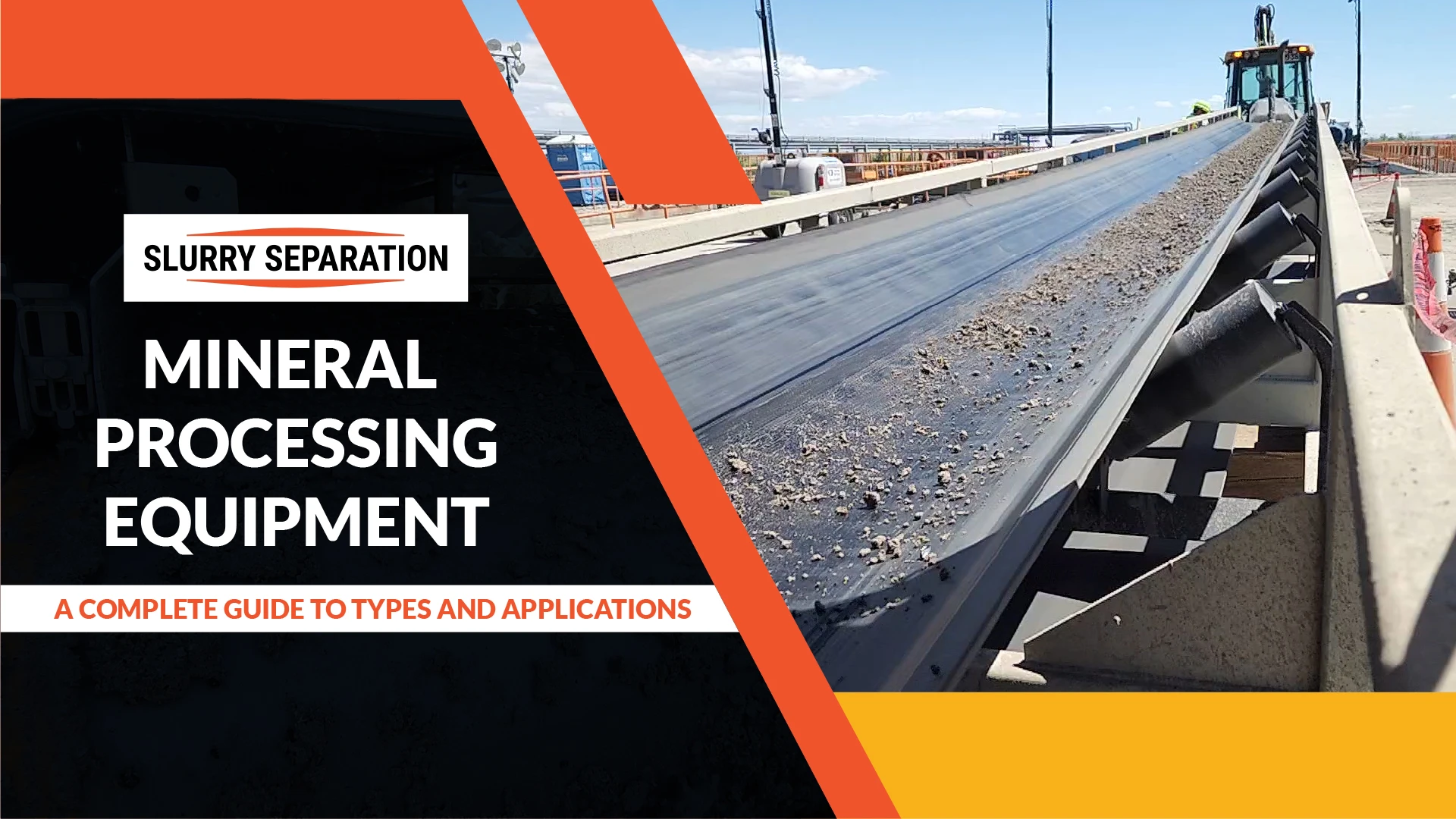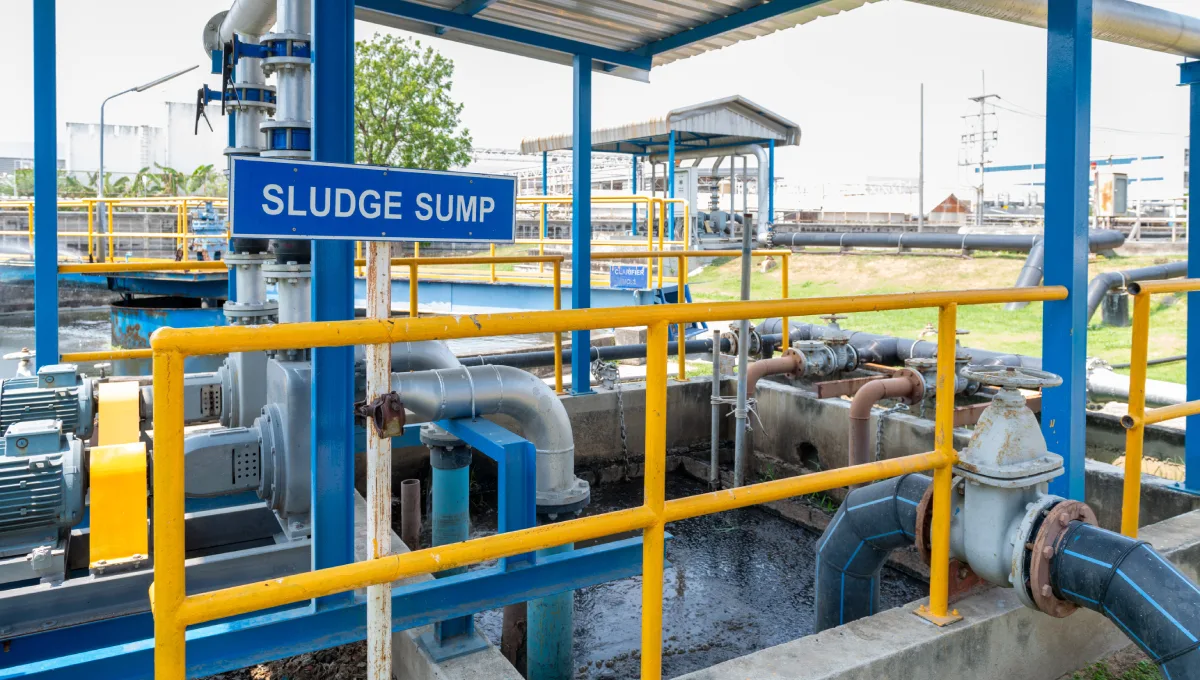In mining operations, effective solids control and slurry separation is essential for optimizing productivity, reducing environmental impact, and ensuring regulatory compliance. Slurry separators are integral components of solids control systems in mining, playing critical roles in separating solids from drilling fluids, slurries, and tailings. Below we explore how mining companies utilize slurry separators to enhance solids control, maximize resource recovery, and minimize environmental footprint.
1. Drilling and Exploration
In mining exploration and drilling activities, slurry separators separate drill cuttings and solids from drilling fluids, enabling efficient drilling operations and accurate geological analysis. Slurry separators remove coarse particles and debris from the drilling fluid, allowing for the reuse or recycling of the fluid and reducing waste generation. These machines facilitate accurate drilling performance and help identify potential mineral deposits by continuously monitoring drilling fluid properties and controlling solids content.
2. Ore Processing and Beneficiation
Slurry separators recover valuable minerals from ore-bearing slurries and tailings during ore processing and beneficiation. Slurry separators utilize centrifugal forces to separate solid particles from the slurry, concentrating valuable minerals while removing gangue and waste materials. By efficiently separating solids from the slurry stream, slurry separators enhance mineral recovery rates, improve concentrate quality, and reduce processing costs. Additionally, slurry separators help minimize environmental impact by reducing the volume of tailings requiring disposal.
3. Tailings Management
Mining operations generate large volumes of tailings, consisting of finely ground ore particles, water, and processing chemicals. Shale shakers and slurry separators play crucial roles in tailings management by dewatering and consolidating tailings slurries, facilitating water recovery, and minimizing environmental risks. Slurry separators remove excess water from tailings slurries, and concentrate solids for disposal or further processing. By dewatering tailings and controlling moisture content, shale shakers and slurry separators help reduce the footprint of tailings storage facilities and mitigate the risk of environmental contamination.
4. Environmental Remediation
In mining sites undergoing environmental remediation or closure, shale shakers and slurry separators are utilized to treat contaminated soils, sediments, and groundwater. Slurry separators remove solid contaminants and debris from contaminated water and separate suspended solids from water for treatment or disposal. By effectively removing contaminants and solids from environmental media, shale shakers and slurry separators help restore ecosystems, mitigate environmental risks, and achieve regulatory compliance in post-mining reclamation efforts.
5. Equipment Maintenance and Reliability
Beyond solids control and waste management, shale shakers and slurry separators contribute to equipment maintenance and reliability in mining operations. Slurry separators remove abrasive solids and debris from drilling fluids, protecting downstream equipment such as pumps, valves, and pipelines from wear and damage. These machines also concentrate valuable minerals and metals, reducing wear on processing equipment and extending equipment lifespan by a large measure. By enhancing equipment reliability and minimizing downtime, shale shakers and slurry separators support uninterrupted mining operations and maximize operational efficiency.
6. Occupational Health and Safety
In addition to operational benefits, shale shakers and slurry separators contribute to occupational health and safety in mining by reducing exposure to hazardous materials and minimizing workplace hazards. Slurry separators remove drill cuttings and solids from drilling fluids, reducing the risk of exposure to airborne contaminants and respiratory hazards for onsite personnel. They also concentrate valuable minerals and metals, minimizing manual handling of heavy materials and reducing the risk of musculoskeletal injuries. By promoting a safe and healthy work environment, slurry separators help safeguard the well-being of mining personnel and enhance overall workplace safety.
Slurry Separators – Key To Mining Operation Productivity
Slurry separators play indispensable roles in solids control, waste management, and resource recovery in mining operations. From exploration and drilling to ore processing, tailings management, environmental remediation, equipment maintenance, and occupational health and safety, these critical components contribute to operational efficiency, environmental stewardship, and regulatory compliance in the mining industry. By utilizing advanced solids control technologies and implementing best practices in solids management, mining companies can optimize resource recovery, minimize environmental impact, and achieve sustainable mining practices for long-term success.




